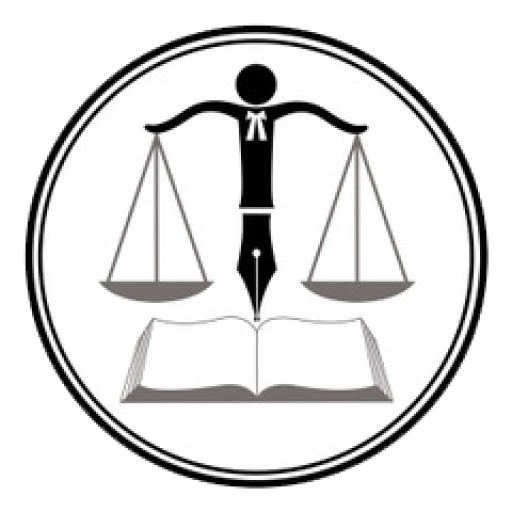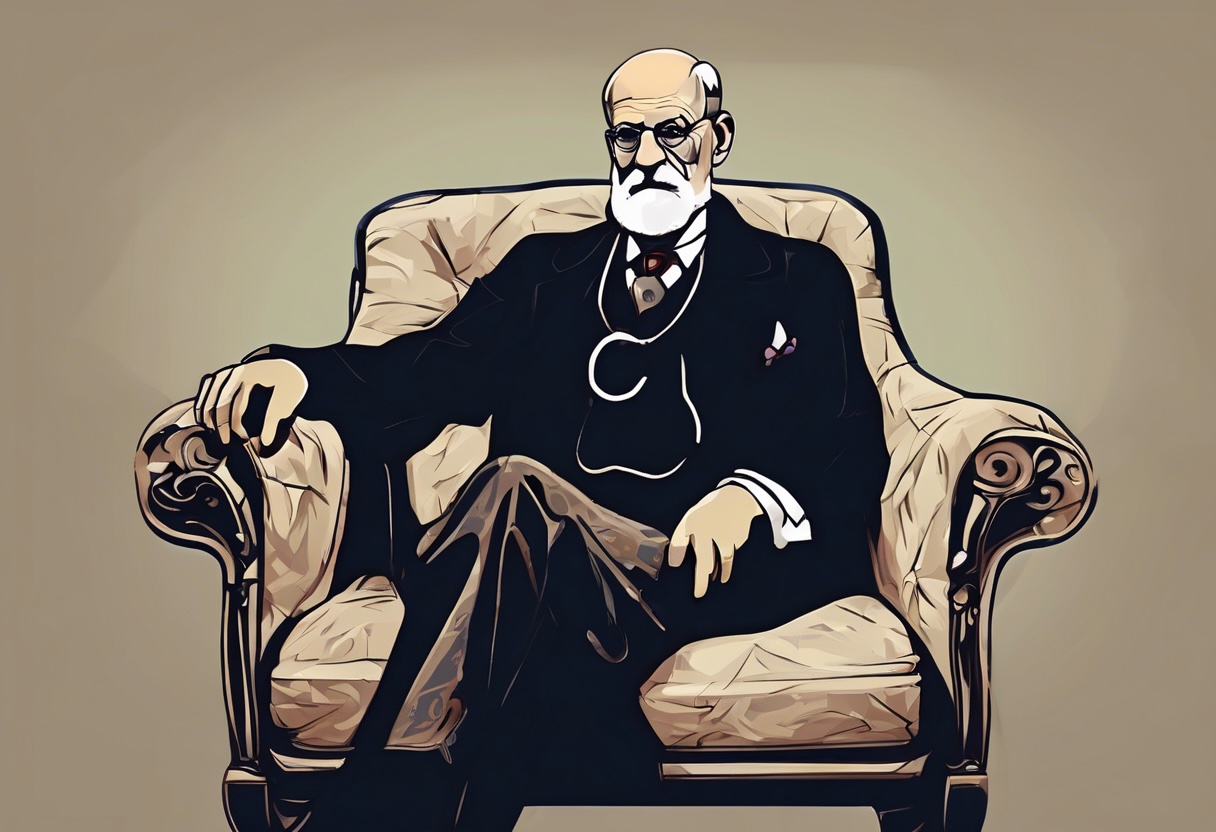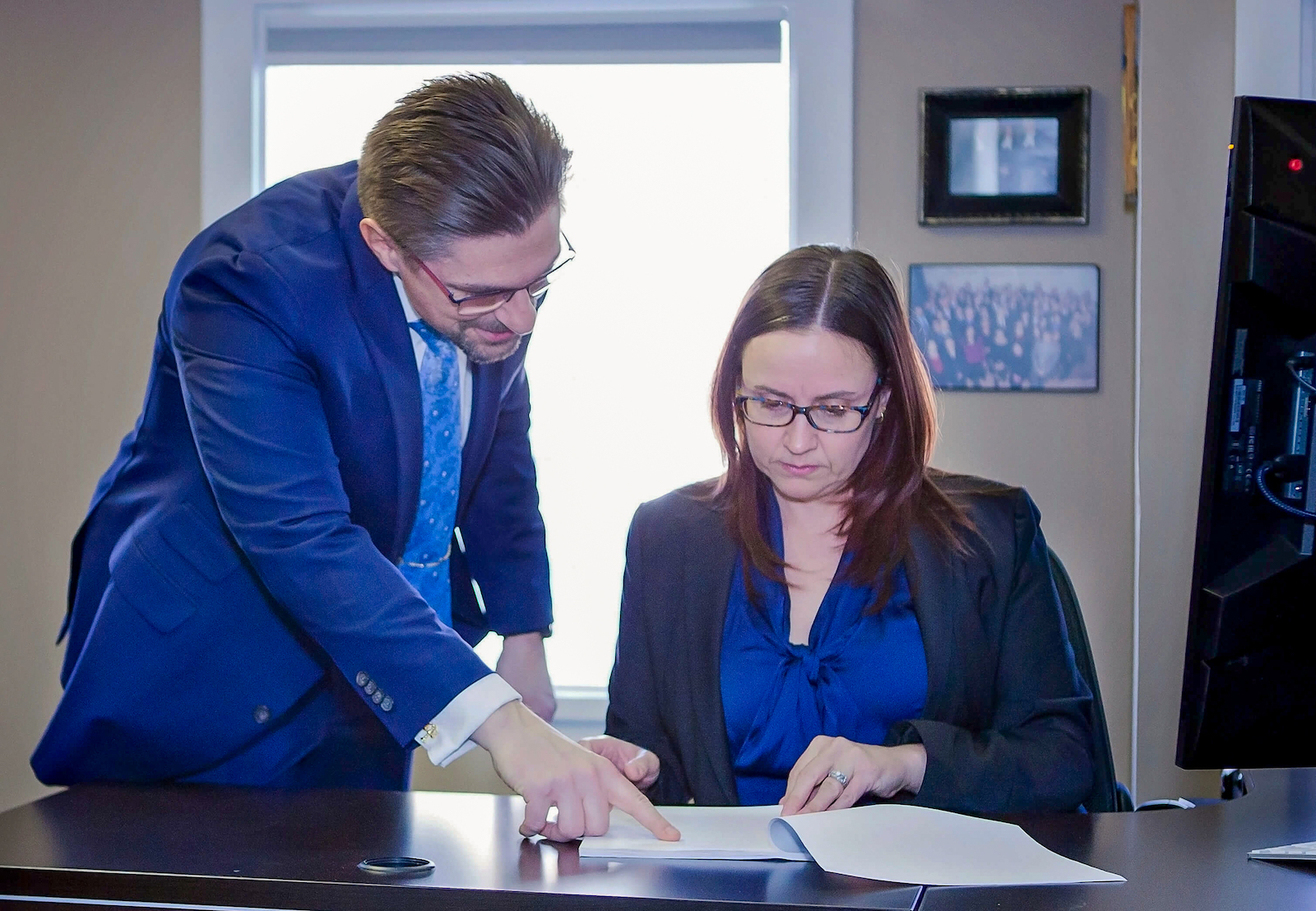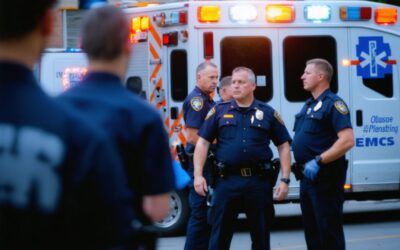This week’s top three summaries: R v Whitby, 2025 SKCA 55: #expert evidence, R v Herman-Ward, 2025 ABCJ 101:s.10(b) #perfunctory, R v McQuarrie, 2025 ONSC 2955: #prisoner disclosure
R v Whitby, 2025 SKCA 55
[June 6, 2025] Expert Evidence Admissibility: Testing of Expertise [Reasons by Neal W. Caldwell with Jerome A. Tholl and Jillyne M. Drennan JJ. concurring]
AUTHOR’S NOTE: This case reinforces a critical and often misunderstood point in expert evidence law: threshold admissibility is a gatekeeping function, not a rubber stamp. The Crown’s appeal failed precisely because the trial judge did their job—they scrutinized the actual expertise of the proposed witnesses against the subject matter of their opinions, rather than deferring to credentials or titles alone.
🔹 Key Legal Takeaways:
1. Expertise Must Match the Question at Issue
-
Professional title ≠ expertise for every topic.
-
The attending paediatrician lacked sufficient specialized experience in infant death investigations to opine on cause or timing of death.
-
The ophthalmologist lacked sufficient grounding in retinal haemorrhages in infants, despite having read some literature—he couldn’t even name specific studies or demonstrate application of accepted methods.
-
2. Admissibility ≠ Weight
-
The Court rejected the outdated notion that issues around the extent of an expert’s qualifications are merely matters of weight for the trier of fact.
-
Citing White Burgess, the Court emphasized that trial judges must ensure that expert evidence:
-
Comes from a properly qualified expert,
-
Relates to a recognized field of expertise,
-
And fits the facts in issue.
-
🔹 3. Affirmation of the Trial Judge’s Gatekeeping Role
-
The Court strongly upheld the trial judge’s duty to rigorously vet expert evidence under the Mohan and White Burgess frameworks.
-
In doing so, it protected the fairness of the trial process, particularly in high-stakes cases like child deaths where medical experts can carry enormous persuasive weight.
R v Herman-Ward, 2025 ABCJ 101
[May 27, 2025] Charter s.10(b): Access to Counsel of Choice [Justice O.A. Shoyele]
AUTHOR’S NOTE: This case provides a sharp reminder that Charter compliance is not a do-over game—police cannot cure an initial breach of s.10(b) simply by attempting a so-called “fresh start” under R v Beaver unless very specific conditions are met.
🔹 Key Takeaways from the Case:
1. A “Fresh Start” Requires More Than Repeating the Caution
-
The mere repetition of a police caution or Charter rights does not reset the process.
-
The Court rejected the notion that “mechanical recitation” of rights—especially after a prior failure to facilitate access to counsel—could render a subsequent statement admissible.
-
A true “fresh start” requires a genuine break in the chain of events and meaningful steps to address the earlier breach, including:
-
Ensuring the accused understands they now have a real opportunity to speak to counsel, and
-
Actually facilitating that opportunity.
-
2. Duty to Hold Off = Core Charter Obligation
-
This decision reaffirms the core principle from R v Prosper and R v Bartle:
If an accused asserts the right to counsel, police must hold off questioning until that right is fully realized.
-
If the accused never meaningfully consulted counsel, any questioning cannot safely proceed, no matter how many times the rights are re-read.
3. Result: Statement Excluded
-
The accused’s Charter-protected choice to obtain legal advice was undermined.
-
Since police failed to properly facilitate that access and then questioned the accused anyway after a hollow second caution, the statement was excluded under s.24(2) of the Charter.
-
This was especially appropriate given the lack of urgency or exigent circumstances.
-
Introduction
[1] Ms. Leticia Herman-Ward [Applicant/Accused] stands charged for a stabbing incident that occurred on June 16, 2023 in Edmonton, Alberta, Canada [Incident].
[7] Based on the evidence, the Applicant requested for the services of a lawyer at around 13:45 hours (1:45 p.m.) on June 16, 2023, following her arrest by Cst. Thomas.
[10] During cross examination, Cst. Thomas stated that he did not directly offer the services of a lawyer to the Applicant when he conducted the arrest. However, he testified that he informed the responsible officer at the DMU about the Accused’s intention and/or request to call a lawyer.
[11] Remarkably, the DMU officer that Cst. Thomas allegedly interacted with did not testify in this proceeding; thus, there is no direct evidence before this Court that the Applicant was taken into a telephone room or offered the services of a legal counsel at the DMU.
[15] The Crown in his submissions acknowledges that, from the evidence, the Applicant was arrested around 1:45 p.m, transported to the DMU, where she went through some searches integral to the in-clearance process at the DMU, and was basically put in the cell until she was interviewed by Detective Ho around 5:10 p.m.
[18] In sum, and to his credit, Crown counsel agrees that there was a breach of the Accused’s s 10(b) right because the implementation duty part was not completed. He argues, however, that the breach was “minor” given the relatively short period of time that expired between when the Accused arrived at the DMU and the time before Det. Ho got there to commence the scheduled interview.
[21] In the significant context of the Applicant’s demonstrable inexperience with state authorities, there is no evidence before this Court to show that legal counsel service was provided to the Applicant immediately upon her arrest by Cst. Thomas following her expression it request for a lawyer; nor is there any definitive evidence that she was given the reasonable opportunity to consult legal counsel at any time before her interview commenced at 17:14 hours (5:14 p.m.) with Detective Ho.
[22] Given the evidence before me, the existing jurisprudence and the gracious concession by the Crown that there was no evidence that the Applicant’s request for legal counsel was granted by Cst. Thomas, I find that in all the circumstances presented before me in this case, a breach of the Applicant’s section 10(b) Charter right – particularly, the first implementational duty – occurred during the arrest of the Applicant by Cst. Thomas.
The DMU interview: breach of s 10(b) right
[24] Det. Ho conducted the interview scheduled for the Accused at the DMU.
[30] Det. Ho asked if the Applicant wanted to speak to a lawyer but did not provide a list of legal representatives or their contact information. Instead, Det. Ho mentioned that a directory of lawyers was available. The Applicant was asked whether she wanted to waive her right to legal counsel at that moment. Det. Ho assured her that she could request a lawyer at any point, and the interview would be paused to accommodate her request. The Applicant agreed, stating, “I am confused with the whole stuff.”
[35] Counsel for the Accused submits that at the beginning of the interview Det. Ho adopted an informational style that has been jurisprudentially described as a “mechanical recitation” of Accused’s Charter, s 10(b) right. [Emphasis by PJM]
[36] Defence counsel contends that a review of the transcript indicates that Det. Ho asked the Accused whether she wanted to waive her right to contact a lawyer “at this time”? And that although the Accused appeared not to understand that question by her response, Det. Ho nonetheless continued to “recite the right” to the Accused without allowing her to think through and come up with a position
[37] Defence counsel argues that all that Detective Ho did was to recite these Charter rights to the Applicant without: (a) offering a telephone; and (b) providing any specific or actual telephone number to her.
[44] The law on “fresh start” was articulated in the Supreme Court of Canada’s decision in R v Beaver, 2022 SCC 54 [Beaver].
[45] In Beaver at paras 97-99, the Supreme Court of Canada described the legal conceptualization of a “fresh start” in the following statements:
[97] A large body of appellate jurisprudence and academic commentary has recognized that evidence will not be “obtained in a manner” that breached the Charter when the police made a “fresh start” from an earlier Charter breach by severing any temporal, contextual, or causal connection between the Charter breach and the evidence obtained or by rendering any such connection remote or tenuous. In some cases, the police may make a “fresh start” by later complying with the Charter, although subsequent compliance does not result in a “fresh start” in every case. The inquiry must be sensitive to the facts of each case.
[98] The concept of a “fresh start” under s. 24(2) of the Charter was adopted from the common law “derived confessions rule”, under which a court examines whether an otherwise voluntary confession is sufficiently connected to a prior involuntary confession to be tainted …. Under this rule, courts evaluate whether a voluntary confession is admissible, despite the prior involuntary confession, by making a “factual determination based on factors designed to ascertain the degree of connection between the two statements”, such as “the time span between the statements, advertence to the previous statement during questioning, the discovery of additional incriminating evidence subsequent to the first statement, the presence of the same police officers at both interrogations and other similarities between the two circumstances” ….
[99] In some cases, evidence will remain tainted by a Charter breach despite subsequent Charter compliance. For this reason, “[c]are should be taken in using the ‘fresh start’ label to resolve ‘obtained in a manner’ inquiries” [….] Whether evidence was “obtained in a manner” is not determined by whether the state eventually complied with its Charter obligations, but instead is based on whether there remains a sufficient causal, temporal, or contextual connection between the Charter breach and the impugned evidence. In this way, the “fresh start” analysis fits comfortably within this Court’s holistic approach to whether evidence was “obtained in a manner” that breached the Charter.
[Emphasis added]
[48] After watching the video of the interview, I agree that the advice offered by Det. Ho to the Accused during the interview about waiver of right to counsel and the Applicant’s s 10(b) right were perfunctory.
[49] The advice by Det. Ho was done in a relatively rapid, abbreviated and expedited manner that barely afforded the Accused an opportunity to realistically and meaningfully consider her position or process her options. [Emphasis by PJM]
[51] Put differently, Det. Ho’s failure to ensure that the document was signed by the Applicant supports the conclusion that her performance of the requisite implementational duty under section 10(b) of the Charter during the interview was perfunctory and/or mechanical.
[52] Consequently, I conclude that Det. Ho’s effort at a “fresh start” did not meet the conceptual requirement outlined by the Supreme Court of Canada in Beaver. [Emphasis by PJM]
[53] There cannot be a “fresh start” when the Accused’s initial request for counsel, pursuant to s 10(b) of the Charter, never expired. That initial request cannot be overridden with a repeated provision of information regarding s 10(b) right by Det. Ho to the Applicant during the DMU interview. [Emphasis by PJM]
[55] Further, and based on the Alberta Court of Appeal’s statement in Luong at para 12(6), it was a breach of the second implementational duty owed to the Applicant by Det. Ho, which required her as a state agent “to refrain from eliciting evidence from [the Applicant] until [she] has had [a] reasonable opportunity” to exercise her right to counsel that she had invoked on arrest by Cst. Thomas, when she made the request for the services of a lawyer to the constable. [Emphasis by PJM]
Should the statement in Exhibit VD#1 be excluded, pursuant to s 24(2)?
[68] Remarkably, I had earlier concluded Det. Ho’s approach was superfluous or redundantly ineffective, given that the Accused never withdrew her first request for a lawyer that was made to Cst. Thomas when she was being arrested. Put differently, the evidence provided in the incriminating statement made to Det. Ho by the Applicant is temporally and contextually connected with the initial breach by Cst. Thomas. The connection is neither remote nor severable.
[19] In R v Mack, 2014 SCC 58, the Supreme Court summarized the current approach to the “obtained in a manner” requirement under s.24(2) at paragraph 38:
Whether evidence was “obtained in a manner” that infringed an accused’s rights under the Charter depends on the nature of the connection between the Charter violation and the evidence that was ultimately obtained. The courts have adopted a purposive approach to this inquiry. Establishing a strict causal relationship between the breach and the subsequent discovery of evidence is unnecessary. Evidence will be tainted if the breach and the discovery of the impugned evidence are part of the same transaction or course of conduct. The required connection between the breach and the subsequent statement may be temporal, contextual, causal, or a combination of the three. A “remote” or “tenuous” connection between the breach and the impugned evidence will not suffice (Wittwer, at para. 21).
A. Seriousness of the alleged Charter-infringing state conduct
[76] However, contrary to Crown’s argument that the breach of the Applicant’s s 10(b) right was a minor breach, I find otherwise.
[77] It is inexplicable that the Accused who had once asked for the services of a legal counsel from Cst. Thomas and evidently was not provided one would be asked again at the DMU interview conducted by Det. Ho whether she (still) requires a lawyer at the very beginning of the interrogation – without any accounting for what happened to the previous request for legal counsel.
B. Impact of the alleged breach(es) on the Charter-protected interest of the Accused
[86] Crown counsel recognizes that the Accused gave a highly incriminating confession that is directly connected to the breach of her s 10(b) right; and acknowledges that this breach of the Accused’s Charter-protected interest is serious.
Disposition
[93] In the result, the statement provided to Det. Ho by the Applicant, Ms Herman-Ward, on June 16, 2023, and marked as Exhibit VD #1 is excluded as evidence in this proceeding, pursuant to section 24(2) of the Canadian Charter of Rights and Freedoms.






